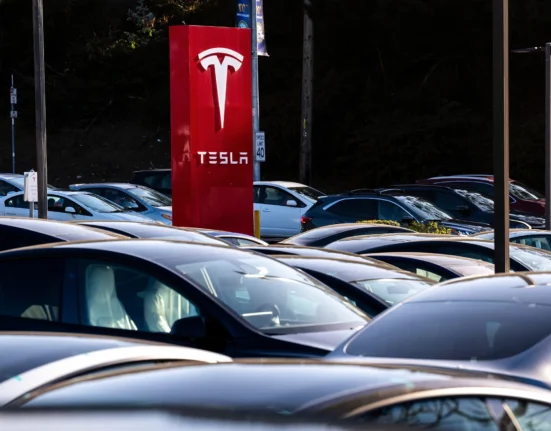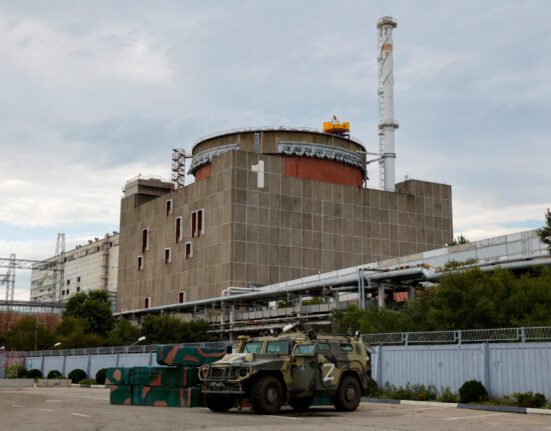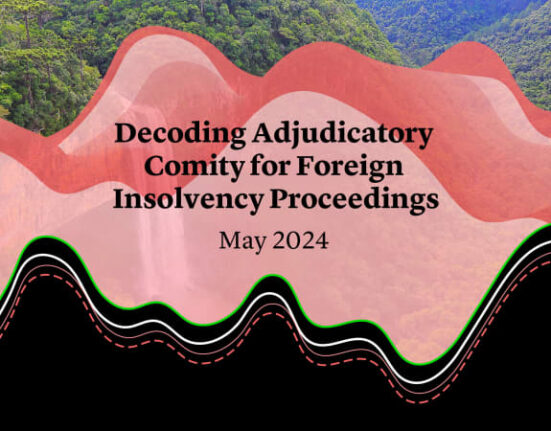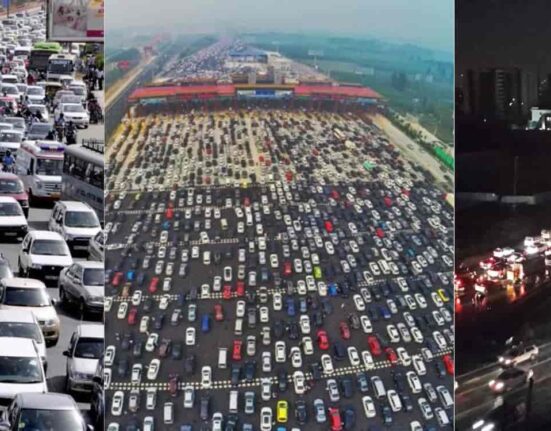Central America is a region known for its stunning landscapes, vibrant cultures, and… chaotic traffic. Imagine trying to navigate narrow streets filled with aggressive drivers, unexpected potholes, and a general lack of adherence to traffic laws. It’s a daily reality for residents in cities like San Salvador, San José, Guatemala City, Panama City, Tegucigalpa, Managua, and Belize City.
Driving in Central American cities can be an adventure unto itself. The road networks were designed decades ago to accommodate far fewer vehicles than they handle today. As car ownership rates soar and urban populations swell, the infrastructure struggles to keep up. This leads to chronic congestion that can turn a short trip into an hours-long ordeal.
In San Salvador, El Salvador’s capital city tops the list as Central America’s worst city for drivers. With over half a million cars navigating streets built for much fewer vehicles, gridlock is a way of life. Narrow roads without proper lane markings and aggressive driving behaviors exacerbate the chaos. Residents lose an average of 33 hours sitting in traffic each year—a staggering amount that surpasses even larger Latin American cities.
Moving south to Costa Rica, San José faces a “traffic crisis” where commuters battle through endless jams caused by high vehicle densities and inadequate road networks across the Greater Metropolitan Area. The situation has become so dire that traffic spills into weekends and off-peak hours.
Meanwhile, Guatemala City grapples with metropolitan-scale traffic challenges due to rapid urbanization outpacing infrastructure expansion efforts. Private cars dominate the congested streets despite causing disproportionate levels of congestion per passenger compared to buses. The public transport system falls short of providing a viable alternative for most residents.
Panama City stands out for its proactive approach towards alleviating traffic issues through comprehensive plans like the Road Reordering Plan and investments in the Panama Metro subway system—the only one in Central America.
Tegucigalpa in Honduras battles chronic congestion worsened by ongoing construction projects that create bottlenecks on major boulevards like Fuerzas Armadas and Centroamérica. While efforts like the Metrobús Tegucigalpa have improved travel times somewhat, fragmented public transport systems remain a challenge.
Managua presents its own set of driving challenges with surging vehicle numbers overwhelming roads ill-equipped to handle them efficiently. Potholes dotting poorly designed lanes add further obstacles while aggressive driving habits contribute to daily frustrations behind the wheel.
Belize showcases a tale of two cities—Belmopan shines as a model capital with well-planned layouts that minimize congestion while Belize City struggles with significant traffic issues during peak hours but fares better than its regional counterparts overall.
Despite these urban nightmares on wheels, there are ways to survive Central America’s notorious traffic woes:
1. **Get Smart with Your Tech**: Utilize navigation apps like Waze to find alternate routes around congested areas.
2. **Time It Right (Or Stay Home)**: Avoid peak hours if possible or adjust your schedule accordingly.
3 .**Drive Like You Actually Want to Get There**: Follow road rules diligently to prevent unnecessary gridlock.
4 .**Know When To Fold**: Sometimes opting for public transport or rescheduling errands is more sensible than battling through gridlocked streets.
In conclusion…
Central America’s cities may present daunting challenges for drivers but by adopting smart strategies and embracing flexibility behind the wheel or opting out altogether when necessary may be key survival tools amidst this concrete jungle chaos!









Leave feedback about this